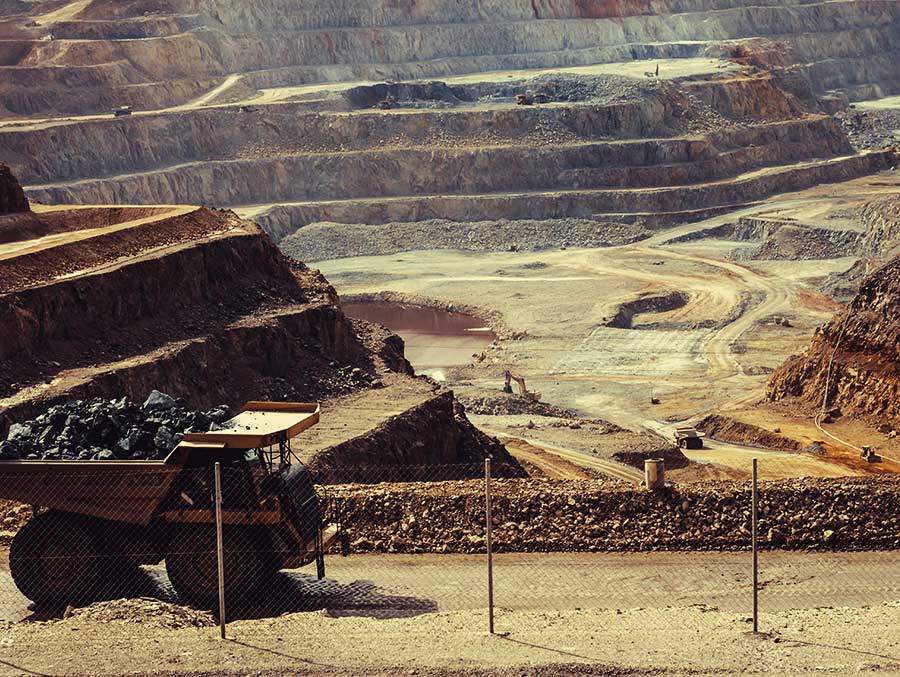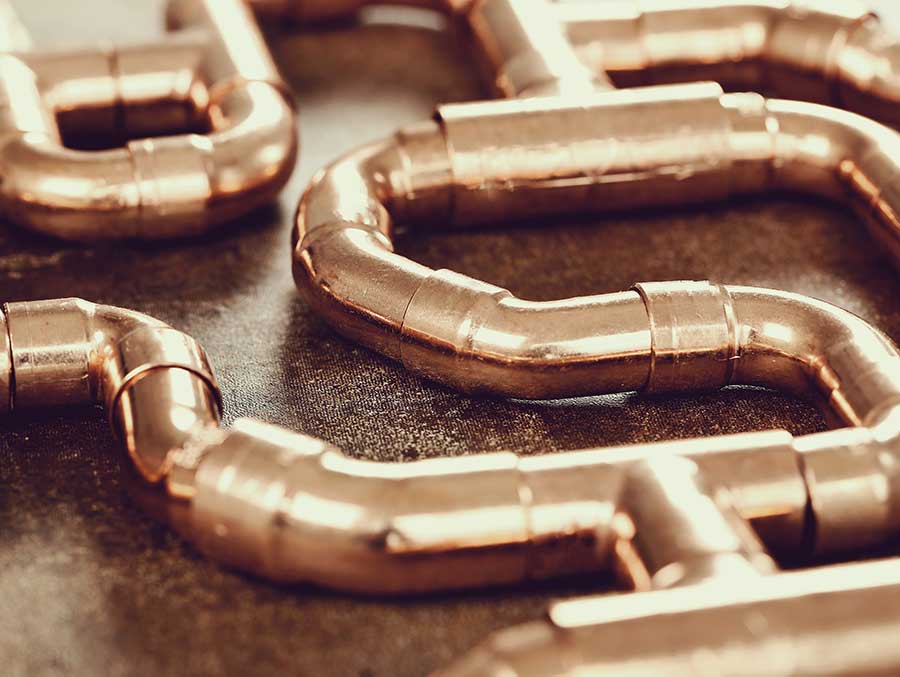ABOUT COPPER

History of copper
Humankind has been using copper for more than 10,000 years. Ancient Sumerians first used it for production of blades, knives, sculptures and ornaments. The ancient Egyptians used it even prior to 5,000 BCE, which seems to support claims that the Cheops pyramid water supply system was partially constructed of copper tubes. The word copper comes from the Latin term aes cyprium, (“ore from Cyprus”). The chemical symbol for copper (Cu) was derived from its Latin name.

History of copper usage in Serbia
Copper exploitation in Serbia dates back to the early Neolithic period, 5,000 BCE, to a small place near Majdanpek, called Rudna Glava. The Neolithic Vinca culture (5500–4500 BCE) was the most technologically advanced prehistoric culture in the world. The ancient settlement of Belovode in Eastern Serbia is thought to be the world’s oldest known copper exploitation site.
The most significant copper mines and deposits can be found in Eastern Serbia, near Bor, Majdanpek, Krivelj and Cerovo. Estimates show that Serbia has around 2% of world copper reserves available for mining. First explorations of copper deposits for commercial mining in Serbia date back to 1897, whereas the year 1904 marked the beginning of official industrial copper processing in Bor.
Today, following strict international quality standards, copper is exploited and processed in Serbia into finished and semi-finished products, such as copper tubes, rolled copper products, copper wires and copper cathodes.
Application of copper
Modern life would be practically impossible without copper. Next to precious metals, copper is the best heat and electricity conductor. Copper is widely used in virtually all industries. Due to its chemical and mechanical properties, as well as high degree of electrical conductivity, copper is generally used in electronics, telecommunications, car industry, as well as in the construction of energy plants..
Copper’s best properties make it the ideal material for heating and cooling installations, as well as for electrical installations. Its chemical and antibacterial properties make copper perfect for construction of water supply equipment and installations. Due to resistance to corrosion and great aesthetic appeal, copper is frequently used as roofing and façade material of choice.

Advantages of copper
As the most abundant and cheapest metal found in nature, unlike precious metals, copper plays an indispensable role in conducting electrical energy. Its excellent heat conductivity properties make it ideal for production of heating and cooling equipment components.
Objects made of copper thousands of years ago still retain their original function, demonstrating that copper is a reliable and durable metal. Because copper is extremely malleable, it can be used in molding and processing for a variety of purposes. Copper products are resilient to all kinds of external influences. Antibacterial properties make copper perfect for construction of drinking water supply networks.
Ecological significance of copper
One of copper’s most important properties is that it can easily be recycled as many times as necessary. Recycled copper products have the same properties as those products made from the primary raw copper material. By using copper in this way we help protect the environment and preserve natural resources, and essentially support the development of new sustainable technologies. The significance of this paradigm is manifold: it reduces production costs and helps preserve the copper ore reserves for future.

